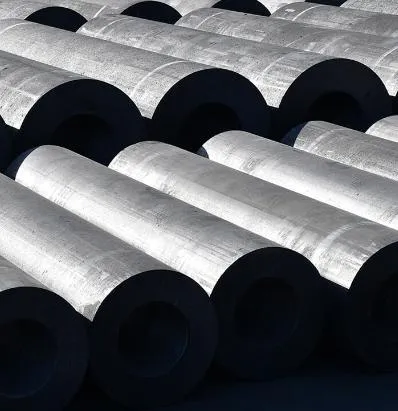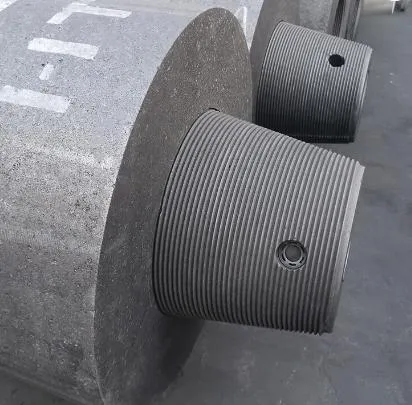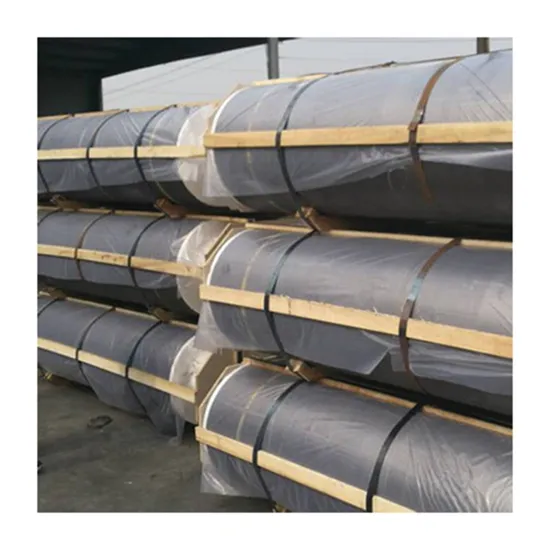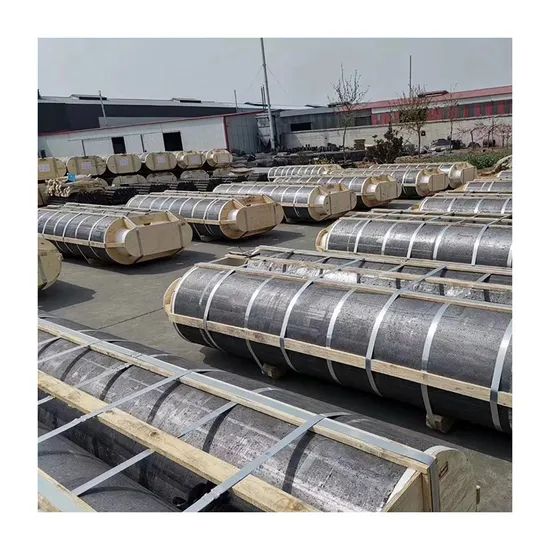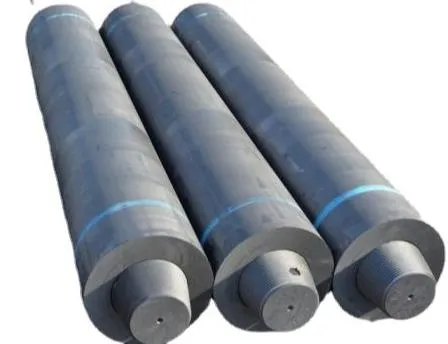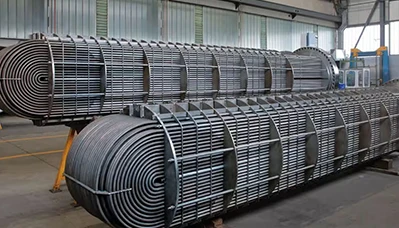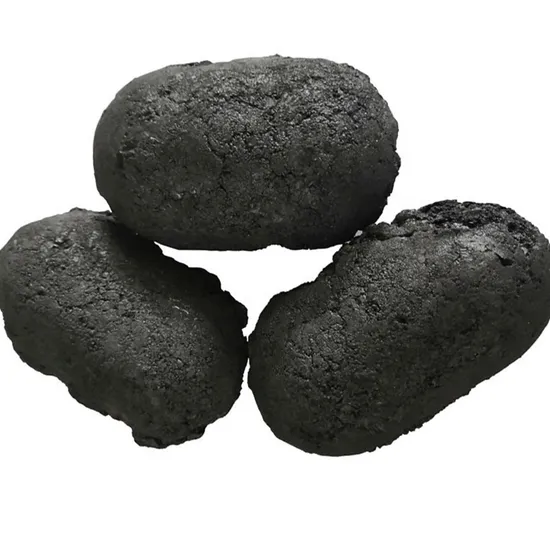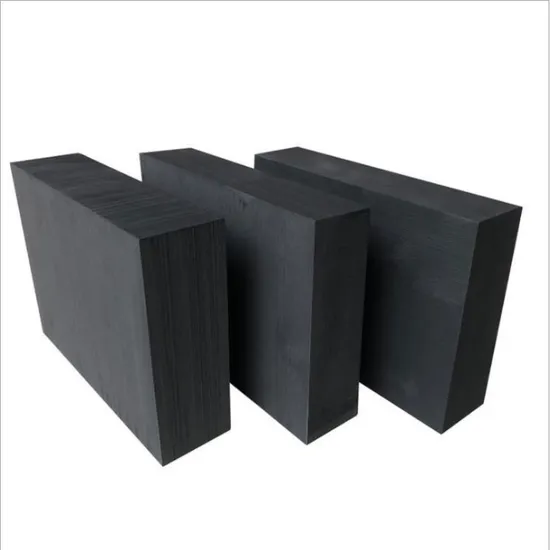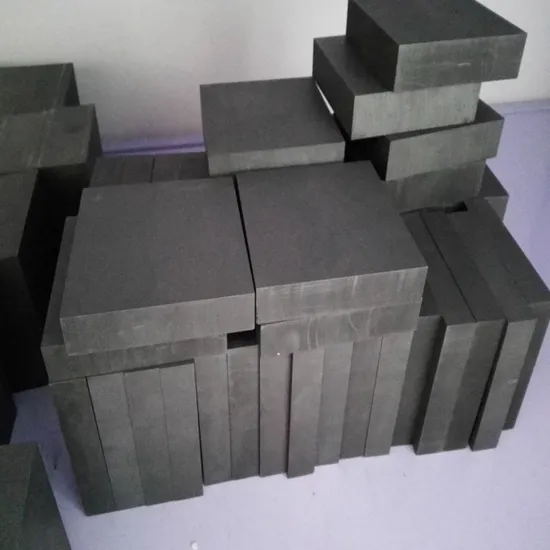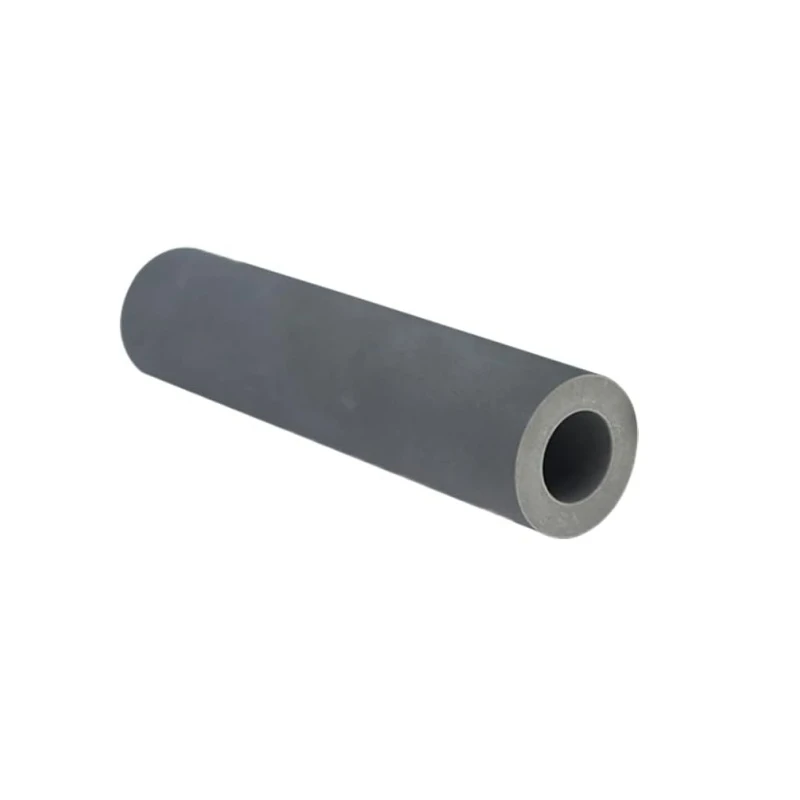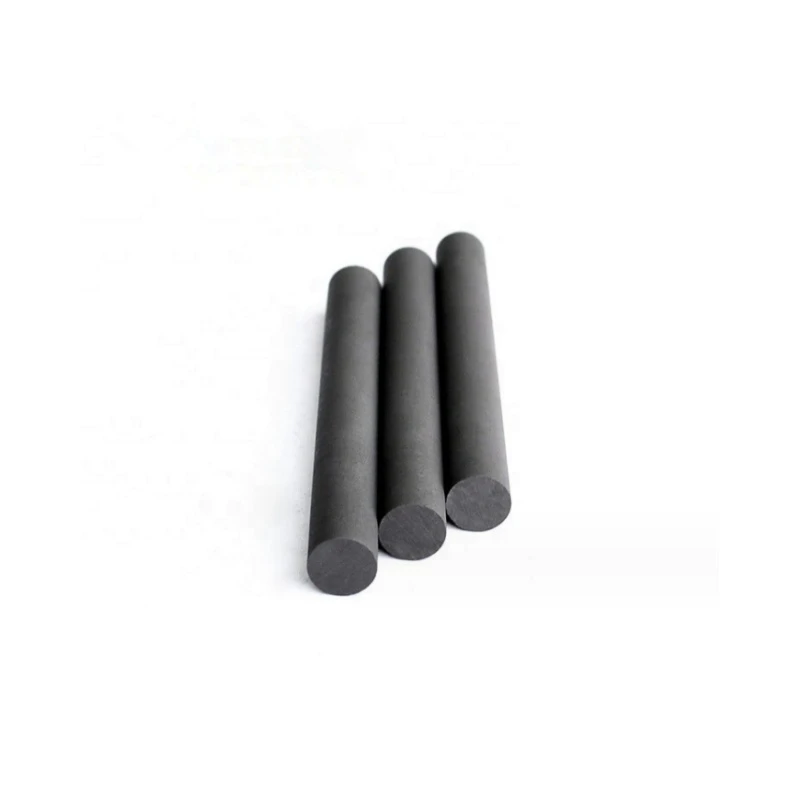- Englist



- Fundamental Material Properties Explained
- Technical Performance Metrics Comparison
- Leading Manufacturer Technology Profiles
- Customization Capabilities by Application
- Real-World Industry Implementation Cases
- Selection Criteria for Different Environments
- Future Material Development Trajectory

(graphite rod vs carbon)
Understanding Graphite Rod vs Carbon Rod Fundamentals
While both graphite rods and carbon rods derive from carbon atoms, their molecular structures differ significantly. Industrial graphite rods (approximately 99% carbon) undergo graphitization at 2,800-3,000°C, creating crystalline alignment that delivers 15-20% greater thermal stability than amorphous carbon rods (typically 90-95% carbon purity). The manufacturing variance creates distinct performance characteristics:
- Crystalline Structure: True graphite exhibits layered hexagonal lattices with 0.335nm interlayer spacing
- Density Variance: Carbon rods maintain 1.5-1.8g/cm³ density versus graphite's 1.7-2.2g/cm³
- Production Complexity: Graphitization adds 32-48 hours to manufacturing cycles
Critical Performance Benchmark Metrics
Technical specifications reveal application-specific advantages between graphite rods and carbon rods. Conductivity measurements demonstrate graphite's superiority in high-current scenarios, with a maximum current density of 480A/cm² compared to carbon's 310A/cm² limit. Thermal endurance testing shows graphite maintains structural integrity at 3,200°C in inert atmospheres, while carbon rods begin degradation at 2,750°C.
| Parameter | Graphite Rod | Carbon Rod |
|---|---|---|
| Tensile Strength (MPa) | 70-110 | 45-85 |
| Electrical Resistivity (μΩ·m) | 8-12 | 18-35 |
| Thermal Expansion Coefficient (10⁻⁶/K) | 2.5-5.9 | 4.0-7.5 |
| Oxidation Onset Temperature (°C) | 450-550 | 350-480 |
Industrial Supplier Capability Assessment
Material producers specialize according to application requirements. Schunk Group dominates high-precision graphite segments with rods featuring sub-5μm dimensional tolerances for semiconductor manufacturing. Tokai Carbon focuses on ultra-high density carbon rods (1.9g/cm³+) for electrolysis applications. Mersen engineers hybrid solutions with graphite cores and carbon coatings for chemical processing valves requiring both conductivity and corrosion resistance.
Third-party validation confirms SGL Carbon's graphite rods achieve 94% consistency in flexural strength across production batches, compared to industry averages of 82-87%. Meanwhile, Entegris reports carbon rod variants deliver 12,000-hour lifespans in photovoltaic silicon crystal growth furnaces, exceeding standard grades by 30%.
Application-Tailored Material Configuration
Customization addresses specific operational constraints in three primary sectors:
Glass Manufacturing: Graphite rods impregnated with aluminum phosphate resist silica vapor penetration up to 1,600°C, extending lifespans 300% beyond standard grades.
EDM Machining: Carbon rods featuring controlled porosity (25-40μm pore size) maintain consistent spark gap performance during 50+ hour continuous operations.
Battery Production Conductive additives enhance graphite rods for lithium anode furnaces, achieving less than 50ppm metallic contamination critical for EV battery purity standards. Custom diameters from 10mm to 400mm accommodate reactor designs.
Field Performance Validation Cases
Industrial implementations demonstrate material performance differences:
- Zinc Refinery Electrodes: Graphite rods operated 14 months at 85% current efficiency versus carbon replacements failing at 8 months
- Aerospace Testing Furnaces: Carbon rod heating elements achieved 98% thermal uniformity ±6°C in hypersonic material testing at NASA Marshall
- Silicon Carbide Production: Hybrid graphite-carbon elements reduced particulate generation 67% versus standard configurations at Wolfspeed
Material Selection Protocol
Application requirements dictate whether graphite rods or carbon rods provide optimal solutions. Consider these selection criteria:
- Thermal Stress Environments: Graphite outperforms above 2,200°C with lower creep rates
- Chemical Exposure: Glassy carbon rods provide superior halide resistance
- Electrical Loads: Graphite handles higher current surges without contact erosion
- Precision Machining: Isotropic graphite maintains tighter dimensional tolerances
Carbon and Graphite Rod Development Horizon
Material science breakthroughs continuously reshape the graphite rod vs carbon
rod landscape. SGL Carbon's SIGRABOND® HP modifications show 200% oxidation resistance improvement through ceramic matrix integration. Morgan Advanced Materials projects carbon nanotubes will reinforce next-generation carbon rods by 2026, potentially doubling compressive strength. The fundamental carbon vs graphite rod performance gap continues narrowing through engineered solutions that merge both materials' advantages.
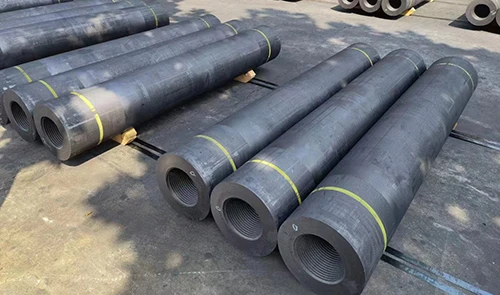
(graphite rod vs carbon)
FAQS on graphite rod vs carbon
以下是根据您的要求创建的5组英文FAQs,围绕核心关键词“graphite rod vs carbon”及其相关词(如 carbon rod vs graphite rod, graphite rod vs carbon, carbon vs graphite rod)。每个FAQ组使用HTML富文本格式呈现,其中问题包裹在H3标签中并以“Q: ”开头,回答以“A: ”开头。问题和回答均控制在三句话以内,并确保主题相关。Q: What is the difference between a graphite rod and a carbon rod?
A: A graphite rod is specifically made from graphite, a crystalline form of carbon, while a carbon rod can refer to rods made from various carbon materials. Graphite rods offer better electrical conductivity but may be softer, whereas carbon rods often provide higher strength and rigidity.
Q: In applications like fishing, which is better: carbon rod vs graphite rod?
A: In fishing, graphite rods are preferred for their lightweight and sensitivity, making them ideal for detecting subtle bites. Carbon rods, sometimes called carbon fiber rods, excel in durability and toughness, but overall, graphite's flexibility gives it an edge for most angling scenarios.
Q: Why choose a graphite rod over a carbon rod for industrial use?
A: Graphite rods are often chosen for industrial electrodes due to their superior thermal and electrical conductivity, which enhances efficiency in processes like battery manufacturing. Carbon rods may be used where higher mechanical strength is critical, but graphite typically outperforms in high-heat applications.
Q: Are carbon rods the same as graphite rods in composition?
A: No, not all carbon rods are graphite rods; carbon rods can include materials like amorphous carbon or carbon fiber composites. Graphite rods are pure graphite-based, featuring a layered structure that provides unique properties such as easy lubrication and lower friction compared to other carbon types.
Q: What are the key benefits of using a carbon vs graphite rod for hobby projects?
A: Carbon rods offer affordability and high strength, making them great for DIY builds that require sturdiness. Graphite rods shine in precision tasks, like model-making or crafts, due to their light weight and smoothness. Ultimately, choose graphite for fine details and carbon for heavy-duty support.





 Pervious
Pervious
 Next
Next
